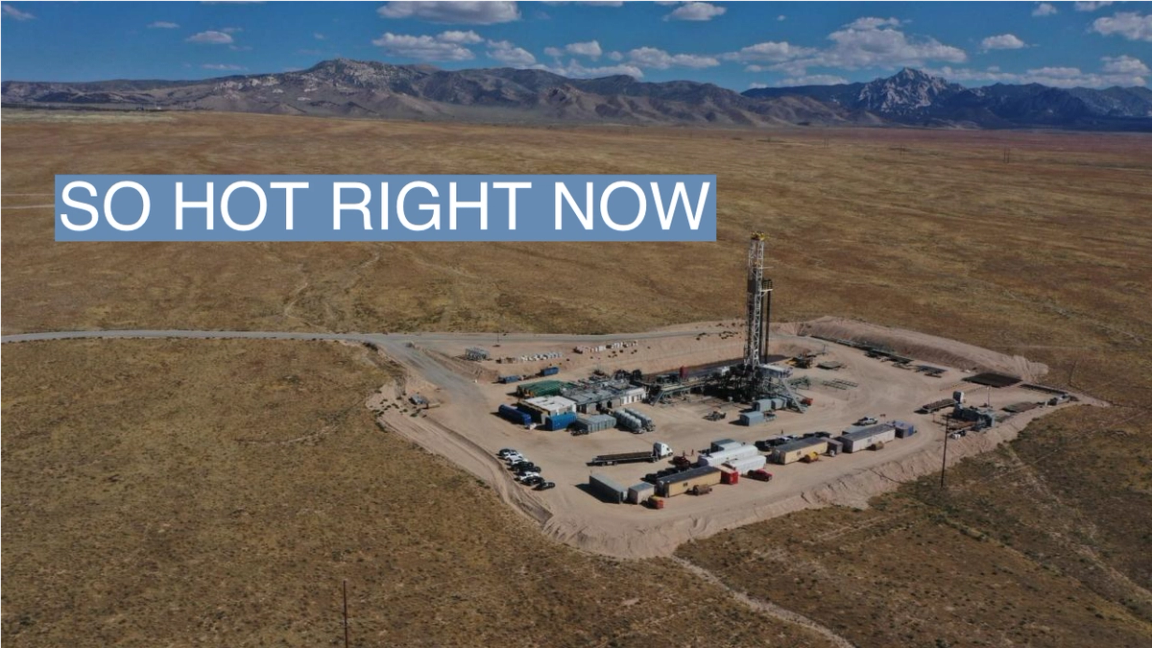 Courtesy Fervo Energy Courtesy Fervo EnergyGeothermal energy can be made cost-competitive with fossil fuels for less up-front investment than most other emerging low-carbon energy technologies, a Department of Energy report found. If startups and government agencies invest about $25 billion in building out the first generation of advanced geothermal systems, the average cost of power they produce can fall from more than $100 per megawatt-hour today to less than $70 by 2030, according to the DOE’s latest “pathways to commercial liftoff” report, a series that plots out the steps needed to commercialize various low-carbon energy technologies. That price would make it attractive for utilities, data centers, and other big power consumers as a source of electricity that has all the climate benefits of wind and solar but without the intermittency, and at much lower cost than nuclear. And it’s a relative bargain to develop, DOE official Jigar Shah said in an interview at CERAWeek; by comparison, getting wind and solar from inception to “bankability” required at least $200 billion in initial investment, he said. The latest geothermal tech, which borrows techniques from oil drilling, opens up large swaths of the U.S. to being tapped for subterranean heat, and is drawing the attention of investors. Leading startup Fervo Energy closed a $221 million fundraising round last month, and ExxonMobil CEO Darren Woods said this week that he’s keeping a “very close eye” on the technology for future investments. A bipartisan group of lawmakers in Congress, meanwhile, introduced legislation last week to clear away bureaucratic obstacles for geothermal, which could be a promising way to provide consistent low-carbon power for data centers. |